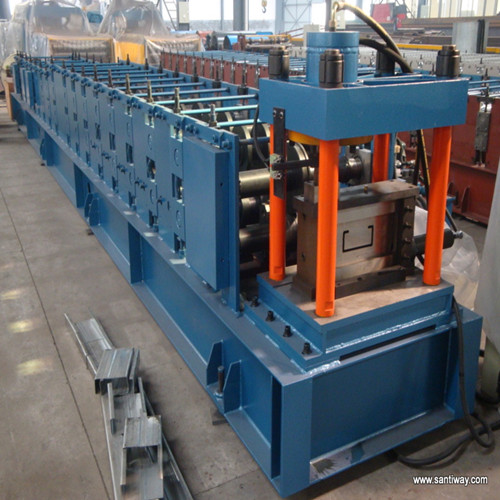
The Evolution and Impact of Stud-Making Machines
In today's fast-paced industrial landscape, the manufacturing sector has continuously sought innovative solutions to enhance efficiency and output. One critical development in this arena is the advent of stud-making machines, which have significantly transformed the way fasteners are produced. Studs, cylindrical fasteners that are essential in various applications from construction to automotive industries, necessitate precise manufacturing processes. Here, we explore the evolution, technology, and impact of stud-making machines on modern manufacturing.
Evolution of Stud-Making Machines
Historically, the process of making studs involved manual techniques that were labor-intensive, time-consuming, and prone to errors. As industries grew and the demand for high-quality fasteners surged, manufacturers recognized the need for automated solutions. The first stud-making machines emerged in the mid-20th century, employing simpler mechanical systems to automate the production process.
Over the decades, advancements in technology facilitated the development of more sophisticated stud-making machines. The introduction of computer numerical control (CNC) technology marked a pivotal shift, allowing for greater precision and flexibility in production. Modern CNC stud-making machines can produce a wide variety of stud types and sizes with minimal human intervention. This evolution not only improved the consistency and quality of the studs produced but also significantly increased production speeds.
How Stud-Making Machines Work
Stud-making machines typically integrate several manufacturing processes into one system. The most common method utilized is cold heading, where metal wire is fed into the machine and quickly formed into studs through a series of dies and punches. This process not only shapes the studs but also strengthens the material through deformation.
Today's machines utilize advanced sensors and software to monitor the production process in real-time. This high level of automation allows for immediate adjustments to be made, ensuring that any anomalies are quickly rectified. As a result, manufacturers can reduce waste, minimize defects, and enhance overall productivity.

The Impact on Manufacturing
The introduction of stud-making machines has had a profound impact on the manufacturing sector. Firstly, they have dramatically increased production capacity. In environments where time is of the essence, the ability to rapidly produce large volumes of high-quality studs is crucial. For instance, in the automotive industry, where reliability and safety are paramount, the need for precise and durable fasteners is indispensable.
Additionally, these machines have enabled manufacturers to reduce labor costs. With automation, fewer workers are needed for what was once a labor-intensive process. This shift not only decreases operational costs but also allows skilled workers to focus on more complex tasks that require human intervention, such as quality inspection and machine maintenance.
Moreover, the standardization of stud production through automated machines has led to improved quality control. Consistent production processes ensure that the resulting fasteners meet rigorous industry standards. In an era where product quality can make or break a brand’s reputation, the importance of reliable manufacturing methods cannot be overstated.
Conclusion
In conclusion, stud-making machines represent a critical advancement in the field of manufacturing. Their evolution from manual production to sophisticated automated systems illustrates the industry's ongoing commitment to efficiency and quality. As technology continues to advance, we can expect even greater improvements in stud-making processes, enabling manufacturers to meet the ever-growing demands of various sectors.
As we look to the future, the integration of artificial intelligence and machine learning into stud-making technologies may further revolutionize the industry, paving the way for smarter, more adaptive manufacturing solutions. Ultimately, the stud-making machine is not just a tool; it embodies the spirit of innovation that drives the manufacturing sector forward in the quest for excellence.